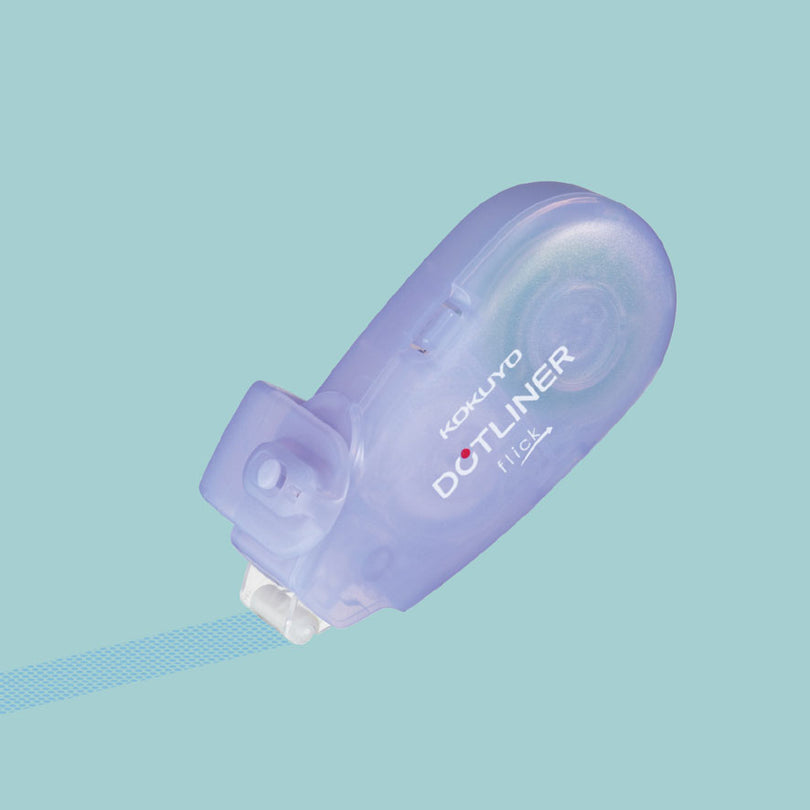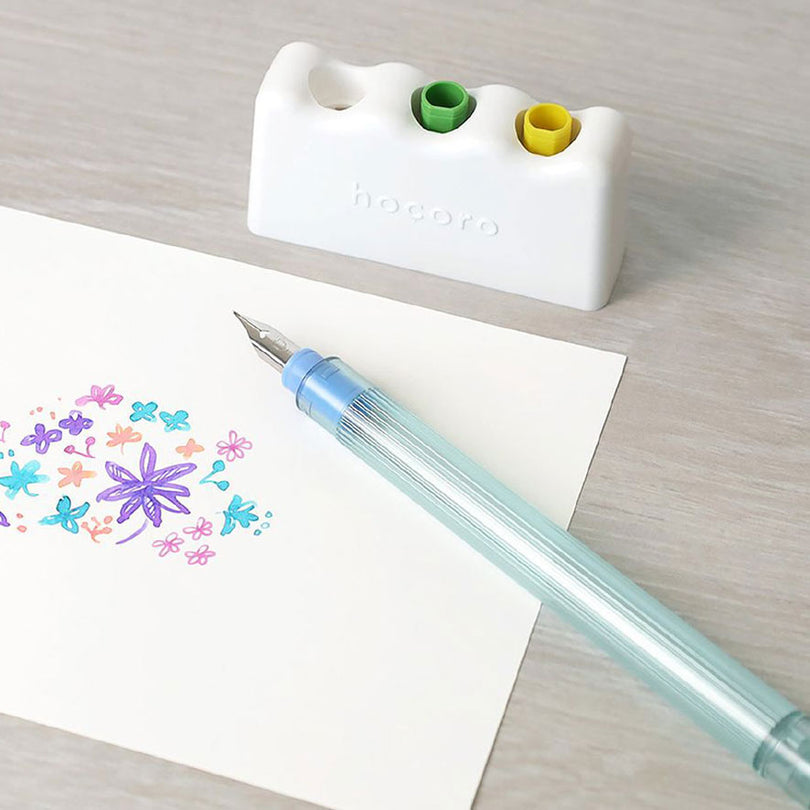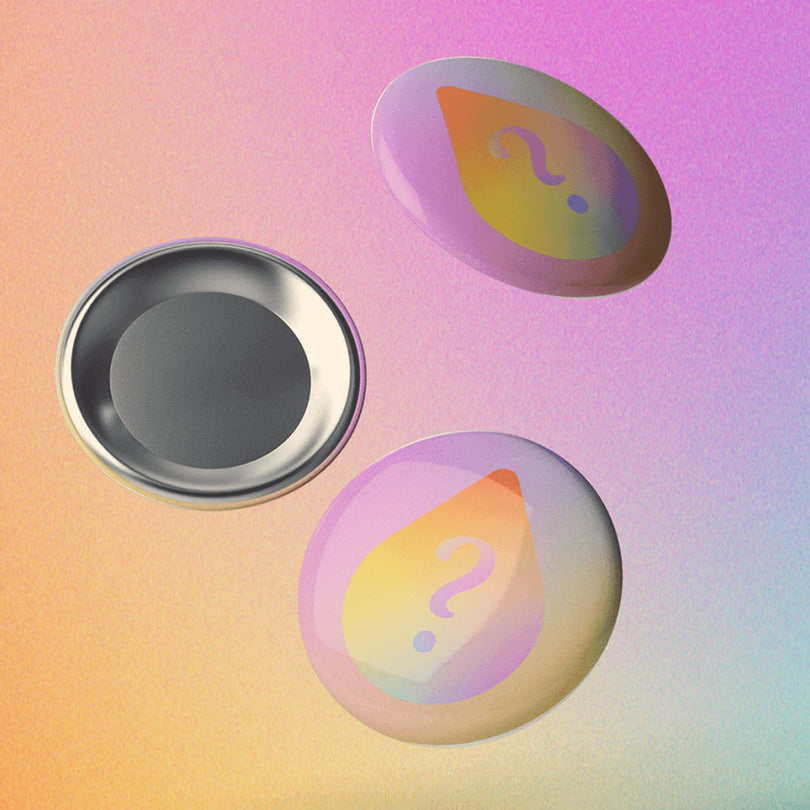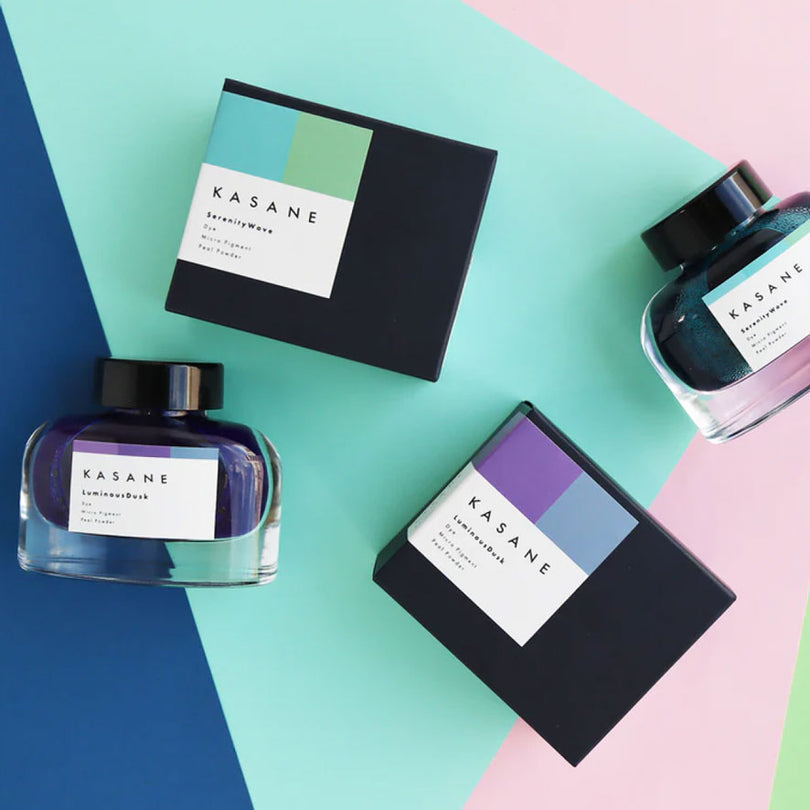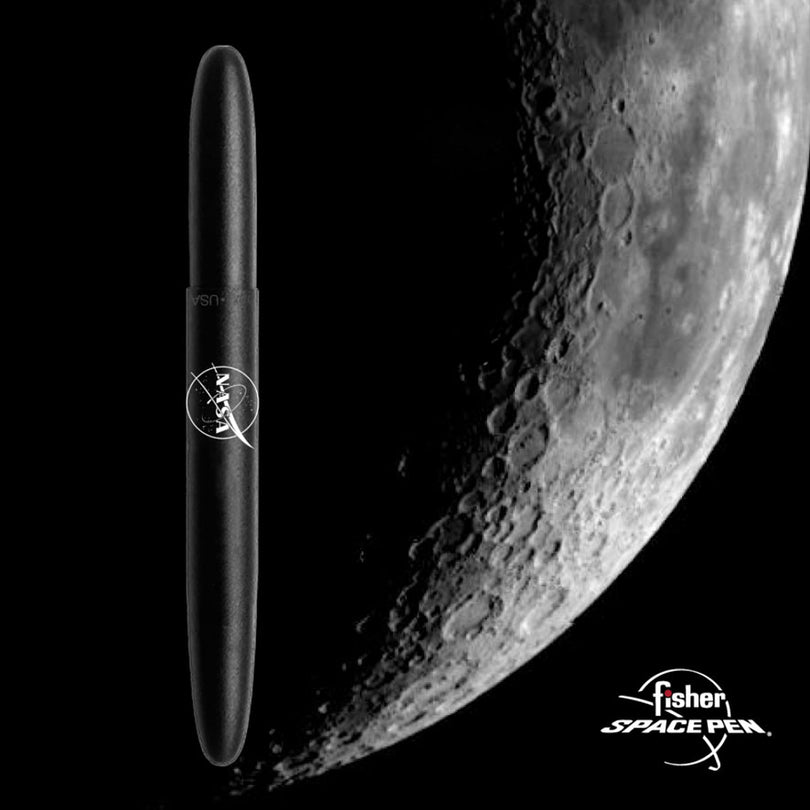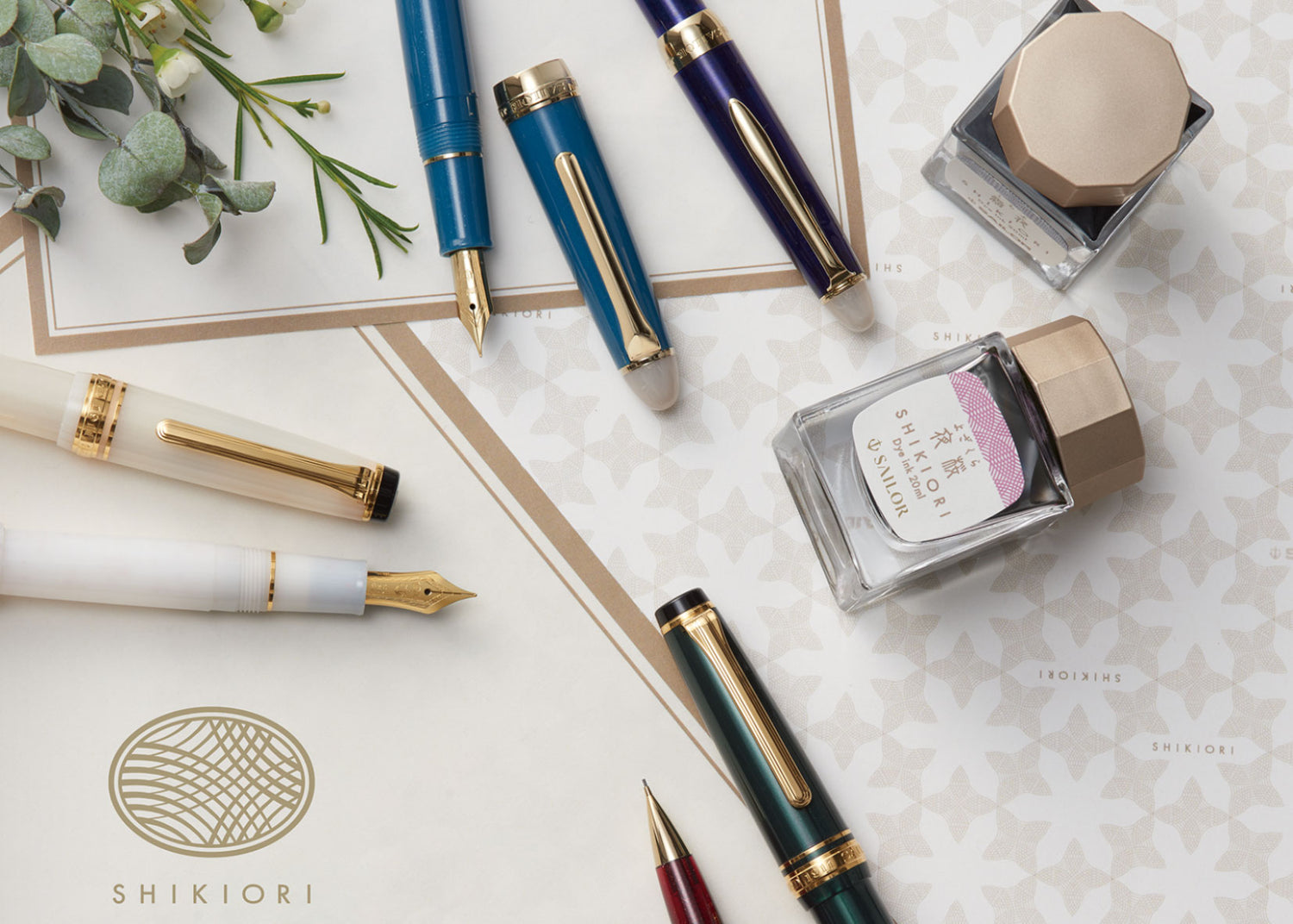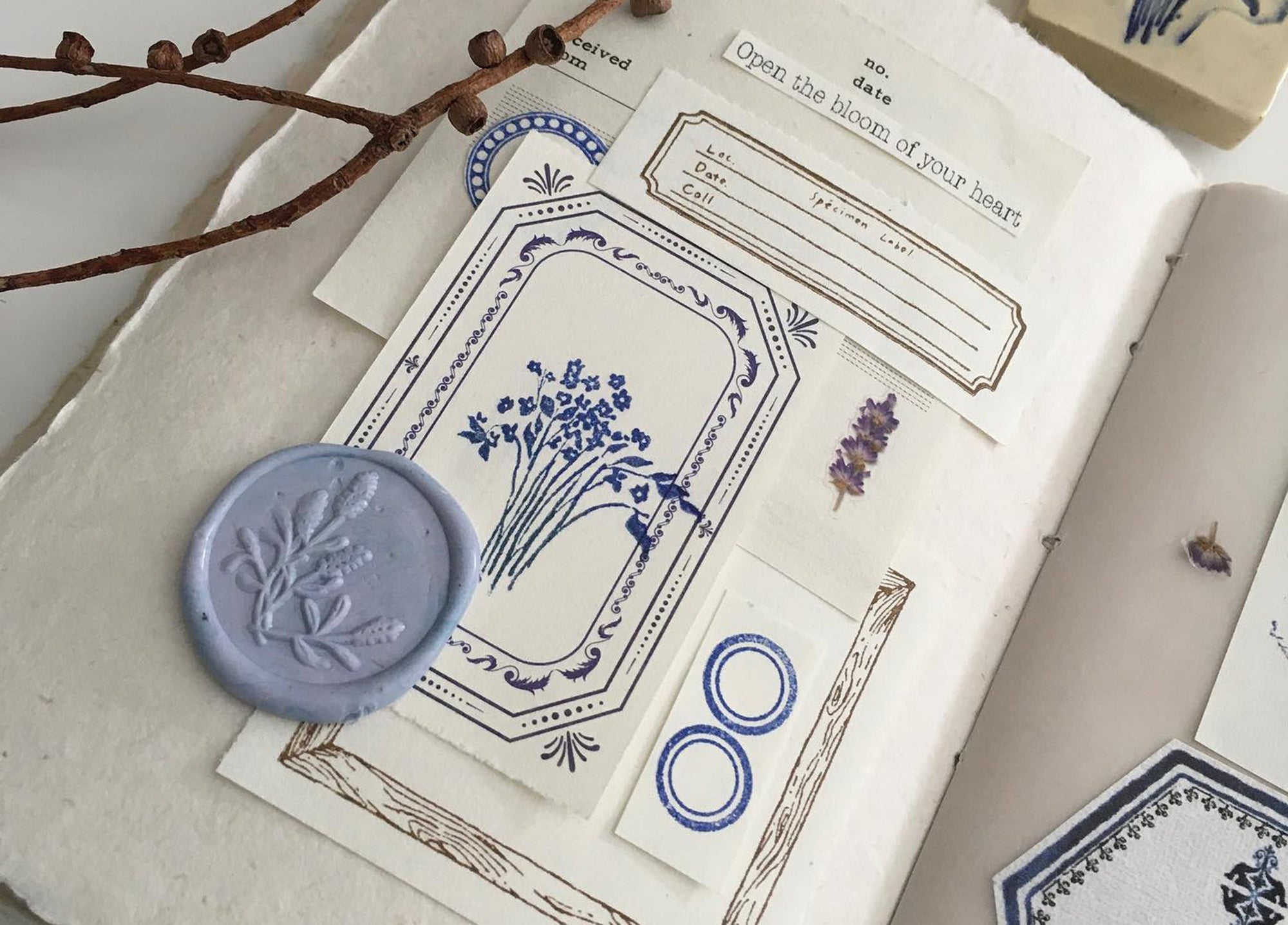With just over, uh, 170 different colours to choose from, browsing Sailor ink can very quickly become overwhelming.
Thankfully though, Sailor have sorted their enormous library of colours into seven different families. Each with their own characteristics and use-cases. With this guide, or family tree, hopefully you’ll leave here with a better understanding of the right Sailor ink range for you.
Sailor’s Standard Inks
The bedrock of Sailor’s ink range is a trio of black, blue and blue-black inks. These are your classic dye-based inks and will behave brilliantly in just about any pen you could throw them at. If you want a no-nonsense, hassle-free, work appropriate ink, Sailor’s core trio of colours will serve you well. While not as saturated or as water-resistant or as exciting as some of the other inks on this list, these inks can serve as a great baseline for testing the flow of a fountain pen.
While some inks will behave drastically different in one pen versus another, if something goes wrong with a pen filled with these inks, you can pretty definitively say it’s not the ink’s fault. Sailor’s Standard Black, Blue and Blue-Black inks each come in generous 50ml glass bottles.
Sailor Nano-Pigment Inks
True cult favourites in the pen world, Sailor’s Nano-Pigmented inks are highly water-resistant inks that, whilst pigmented, are perfectly safe for use in fountain pens. Pigmented inks are typically suited to brush or dip-pen use, being far more viscous than the typical dye-based fountain pen inks. This viscosity comes with brilliant water-resistance. However, put these inks through a fountain pen and these pigments will very quickly clog the pen’s feed.
Sailor’s Nano-Pigmented inks are free from this issue. It’s all in the name, really. With pigments far finer than those found in “Calligraphy” or “Artist” ink, Sailor’s Nano-Pigmented inks will flow through a fountain pen with ease, while still awarding excellent water-resistance. All of this said, it’s still a good idea to keep good pen hygiene when using Sailor’s Nano-Pigmented inks. If left long enough for the water content of the ink evaporates, the nano-pigments may still clog your pen. But a quick flush between fills, will keep your pen flowing beautifully.
Very popular with urban-sketchers and water-colour artists, the Sailor Nano-Pigment inks are available in Black (Kiwaguro), Blue (Seiboku) and Blue-Black (Souboku).
Sailor Shikiori
Really representing the colourful side of Sailor, Shikiori is a continually growing range of ink that takes its name from the Japanese word for the four seasons. Each ink in the collection takes inspiration, albeit loose inspiration, from one of the four seasons. Originally a range of 16 inks with more being introduced year-by-year, Shikiori really could be seen as Sailor’s answer to Pilot’s Iroshizuku range.
They are dye-based, so no water-resistance here, and range from subtle earthy shades to vivid, highly saturated colours. Expect Shikiori ink to vary wildly in character, with some displaying heavy shading and variance in colour. It’s a terrible cliché, but there really is something for everyone in the Shikiori range. Available either in cartridges or 20ml glass bottles, they’re almost taunting you to start collecting them.

Sailor Ink Studio
Since 2005, the Sailor Ink Studio events have been a must for fountain pen enthusiasts. Captained by Sailor master ink blender Osamu Ishimaru, the Sailor Ink Studio has in its almost 20-year existence produced over 20,000 unique colours. In 2018, Sailor picked 100 of the most popular and interesting creations to represent the Sailor Ink Studio project as a core range.
As one may expect from such a mindbogglingly huge selection, the characteristics of the Sailor Ink Studio inks vary wildly. With some displaying extreme shading, while others seemingly leap off the page with the intensity of their colour. With their sophisticated composition, you can never be quite sure how the same ink will appear from one pen to the next.
Like the Ink Studio events themselves, the Sailor Ink Studio inks are all about experimentation. Each Sailor Ink Studio Ink comes in a 20ml glass bottle.
Sailor Manyo
Available only in the International Market, we were particularly stoked with the introduction of Sailor’s Manyo family of inks. Originally launched in late 2019 with a set of 8 inks, the range was doubled in 2020 and is still expanding with Manyo Series III releasing just recently.
The name Manyo is derived from the Collection of Ten Thousand Leaves, or Man’yoshu, a collection of classical Japanese poems compiled in 759. With each ink named after a particular flower, these inks really show off Sailor’s ability to harness sheening to an expert level. These inks attempt to evoke not just the primary colour of their namesake flower, but every colour therein. A perfect example of this is Sailor Manyo Akebi, a deep burgundy coloured ink with extraordinary shading and a vivid yellow-green sheen.
The Manyo range is anything but subtle. While certainly fun to use for everyday writing, where the Manyo inks truly shine are as an art medium. Whether they’re used to give some dashes of colour to a city sketch you’ve completed with Kiwa-Guro or to create some truly iridescent calligraphy, the Manyo inks are pretty unique. Each Manyo ink comes in a generous 50ml glass bottle.

Sailor Storia
Inspired by the bright playful colours of the circus, Sailor Storia is a new range of pigmented inks that bring the water resistance of the Nano-Pigmented inks to colours that are a bit more fun. With bright yellows, reds, pinks, greens and more, the Sailor Storia inks aren’t only water resistant but light fast too. Meaning their vivid colours won’t fade when exposed to UV over time.
Similar to the Nano-Pigmented inks, the Storia inks do require you to give a bit more care and attention to any pens filled with them. Cleaning pens filled with Storia regularly will help maintain a consistent and even flow. Each Storia ink comes in a 20ml glass bottle.
Sailor Yurameku
The latest family of ink to be introduced by Sailor, the Yurameku line consists of nine inks (so far). But while they come packaged in humble grey cardboard boxes with what appear to be lightly shading soft colours displayed across the labels, the Yurameku inks are anything but boring.
The Yurameku family consists entirely of multichromatic inks or what are being referred to as “dual shading” inks. Displaying a wide variety of colour across the page without the in-your-face iridescent sheen of some other inks, the Yurameku inks are borderline chameleonic in their behaviour. Changing drastically depending on the nib and the paper used with them.
While shading and sheening inks tend to be exclusively deeply saturated colours, like intense blues and reds and purples, the Yurameku range are far more Earthy in their general appearance. Each Sailor Yurameku ink comes in a 20ml glass bottle.
I’m very much looking forward to this little family tree being made obsolete before I can blink an eye, but we promise to update you when it does! Sailor’s ink range is beyond enormous and truly beyond comparison. You can find all of the Sailor ink we carry here.
Questions? We’d love to hear from you, so don’t be shy! Contact us on Facebook, Instagram or via email at info@bookbindersdesign.com.au


